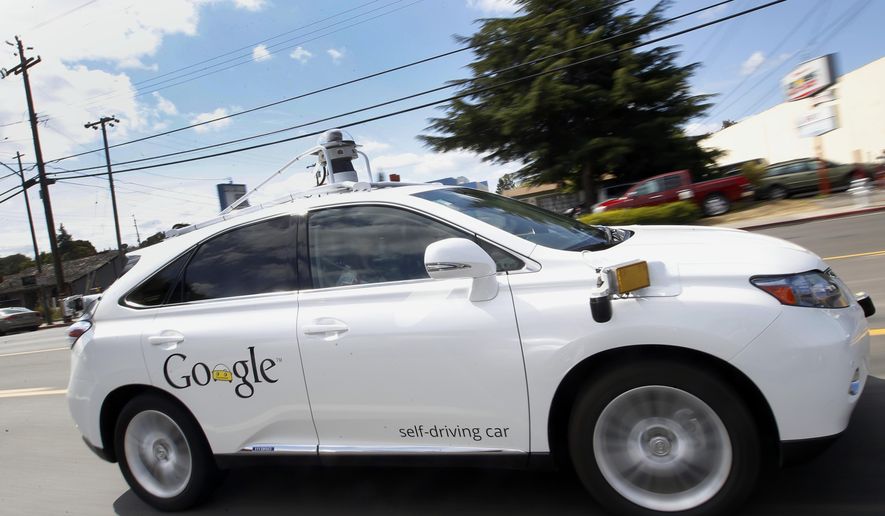OPINION:
Google’s Street View cars — the global cruisers that collect data for the making of more accurate maps — now have a new mission, and it’s one that’s sure to make the Green groups cheer. The tech company’s bolstering its fleet with updated pollution-recording devices from the San Francisco company, Aclima, to patrol streets in Europe and in the United States, and monitor fluctuating levels of air quality.
And all those findings will no doubt soon find their ways into the welcoming regulatory arms of environmentally conscious (read: leftist-leaning) politicians.
Drivers, prepare for the environmental regulations.
Businesses, make way for the costly controls.
Builders, get prepped to pay big for those permits.
Homeowners, stand ready to pinch some more pennies for fuel and electric prices.
It won’t be long before do-goody governments take the data from these Street View vehicles and use it to justify more crackdowns on, say, carbon dioxide, or on whatever other gaseous emissions they deem worthy of cutting.
Liberals already hate America’s love affair with cars. Imagine the arguments they can make against driving and in favor of rail, or buses, or bicycles — or walking — armed with the latest breaking snapshot figures on pollution levels, as recorded during a city’s rush hour. The possibilities for fear-mongering are endless.
Mark these words: This is technology that’s going to come back with a bite against average Jane and Joe Citizen, all under guise of preserving and conserving and saving, radical environmentalist style.
Google’s Earth Outreach division has actually been mapping air quality via its Street View cars since 2014, but the information has stayed mostly in-house.
Now, in partnership with the California company Aclima — which builds air-quality sensors that connect to the Internet — and with the Environmental Defense Fund, Google will begin making this information available to researchers. And therein comes the concerns. This research will sooner or later be fed to local and state boards and planners and regulators, who will then cite it to justify new controls. Tin hat paranoia?
Hardly.
EDF has never met an environmental regulation its team of merry lawyers hasn’t liked — or a conservative, climate change skeptic it has.
“EDF Sues EPA for Failure to Release Documents about Censored Science Proposal,” one EDF headline blared in August.
Another, from May: “EDF Sues Interior Department for Failure to Release Documents abut BLM Waste Prevention Standards.”
Another, from October 2017: “Environmental Defense Fund Sues EPA over Failure to Release Public Records” … “about ethics conflicts, activities of senior leadership, and threats to scientific integrity.”
That one detailed the EDF’s disgust with then-EPA Administrator Scott Pruitt, accused of “roll[ing] back vital protections for human health and the environment.”
Yet another, from September 2017: “EDF Sues EPA to Ensure New Toxics Law Protects Public’s Right to Know.”
You get the idea. Sue is what EDFers do.
And these are the guys who are partnering with Google to patrol the streets of America, registering and monitoring and reporting to all who would listen the quality of air — the snapshot level of wind-blowing pollution at a particular spot?
As Google Earth Outreach program manager Karin Tuxen-Bettman said in a statement reported by TechCrunch: “These measurements can provide cities with new neighborhood-level insights to help cities accelerate efforts in their transition to smarter, healthier cities.”
Sounds friendly, seems sensible enough. On the surface. But what that really means is this: Make way for the patrolling pollution police — bringing regulations and new compliance costs to a neighborhood near you.
• Cheryl Chumley can be reached at cchumley@washingtontimes.com or on Twitter, @ckchumley.




Please read our comment policy before commenting.